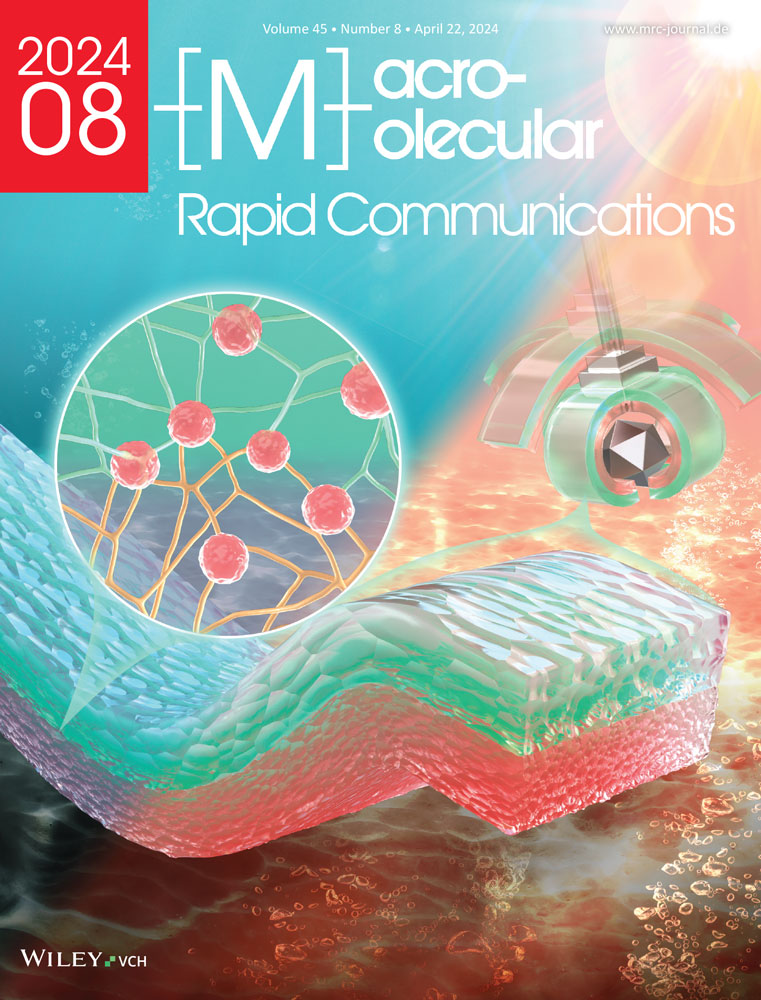Porous Poly(ionic Liquid) Membrane with Metal Nanoparticle Gradient: A Smart Actuator for Visualizing Chemical Reactions
Abstract
Poly(ionic liquid) (PIL)-based porous membranes are extensively investigated as soft polymer actuators. While PILs have shown significant advancements in membrane fabrication and stabilization of metal nanoparticles (MNPs), research on integrating MNPs into porous membranes to achieve actuation behavior under multiple stimuli is limited. Herein, this work presents a new paradigm for designing a porous PIL-polyacrylic acid (PAA) membrane with a distinct MNP gradient via a top-bottom diffusion approach involving a metal salt precursor solution and NaBH4 as a reducing agent. The strong binding sites provided by PILs, combined with the gradient distribution of -COO− groups across the membrane cross-section, play a significant role in controlling the MNPs’ gradient distribution. Interestingly, the MNPs within the membrane display excellent catalytic activity in exothermic reactions such as H2O2 decomposition, dissipating uneven heat that quickly permeates the membrane network. This induces asymmetrical swelling of polymer chains, resulting in rapid membrane bending. Furthermore, such MNP-loaded membrane could serve as a portable test paper for visually monitoring H2O2. This advancement paves the way for the development of intricate smart actuation materials and expands their practical applications in various real-life scenarios.
Conflict of Interest
The authors declare no conflict of interest.
Open Research
Data Availability Statement
The data that support the findings of this study are available from the corresponding author upon reasonable request.




